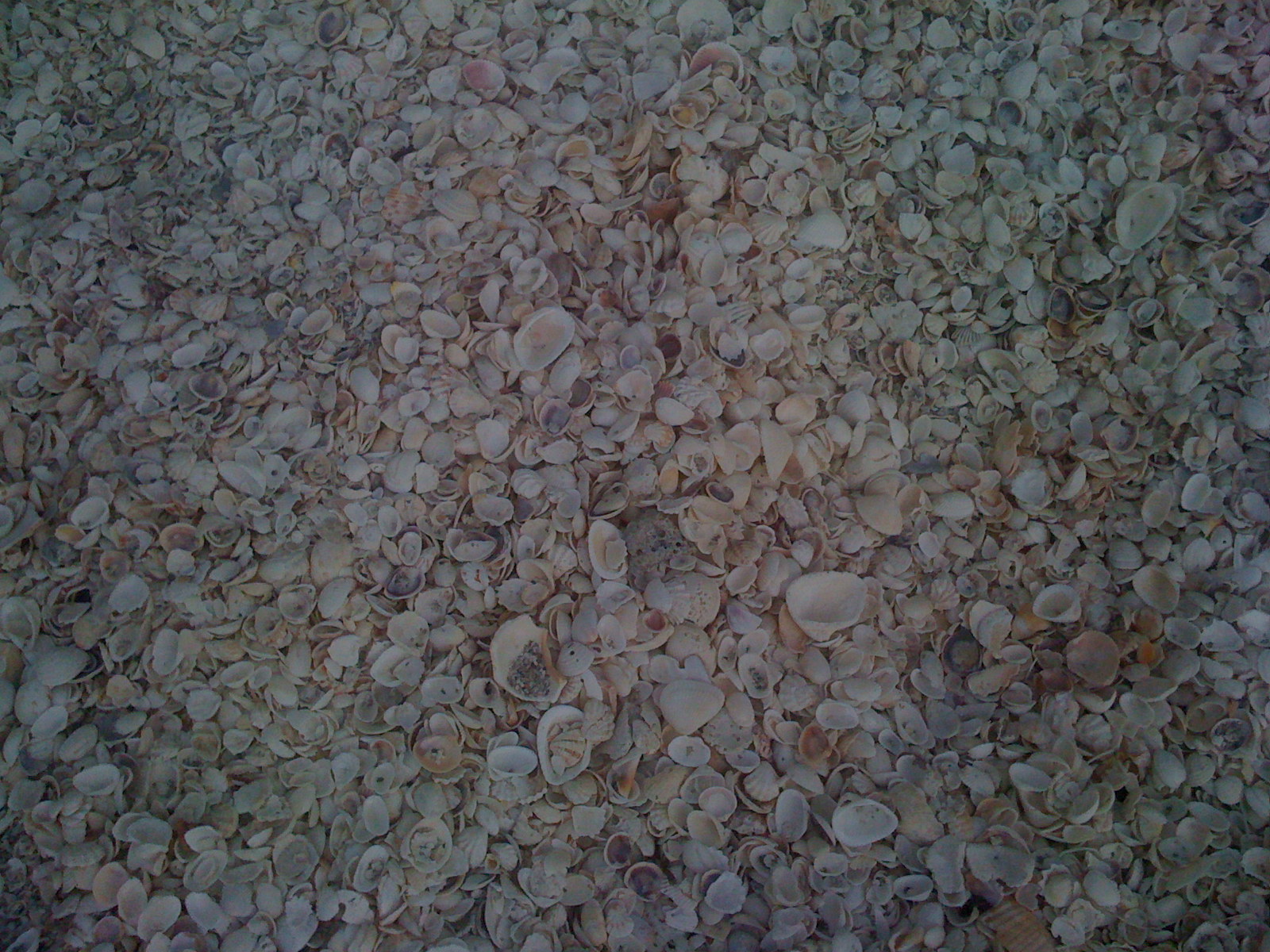What is hidden in 3D image?
Brain Teasers
[1929] What is hidden in 3D image? - Stereogram - 3D Image - #brainteasers #stereogram #3Dimage

2016-02-12
Thomas GrahamBorn 21 Dec 1805; died 16 Sep 1869 at age 63. Scottish physical chemist who is often referred to as “the father of colloid chemistry.” He studied the diffusion of gases and in 1833 proposed Graham's Law, which stated that the rate of diffusion of a gas is inversely proportional to the square root of its molecular weight. Later, he extended this work to the diffusion of one liquid into another. He classified solutes into crystalloids (such as salt or sugar), and colloids (such as gum arabic and the finely divided gold suspensions of his colleague, Michael Faraday), which marked the beginning of colloid chemistry. He developed dialysis to separate colloidal solutions from electrolytes. This dialysis technique is now important in medicine. He also invented a compensated pendulum using a bob with a mercury reservoir.«[DSB gives dates 21 Dec 1805 - 16 Sep 1869. EB gives 20 Dec 1805 - 11 Sep 1869.] |